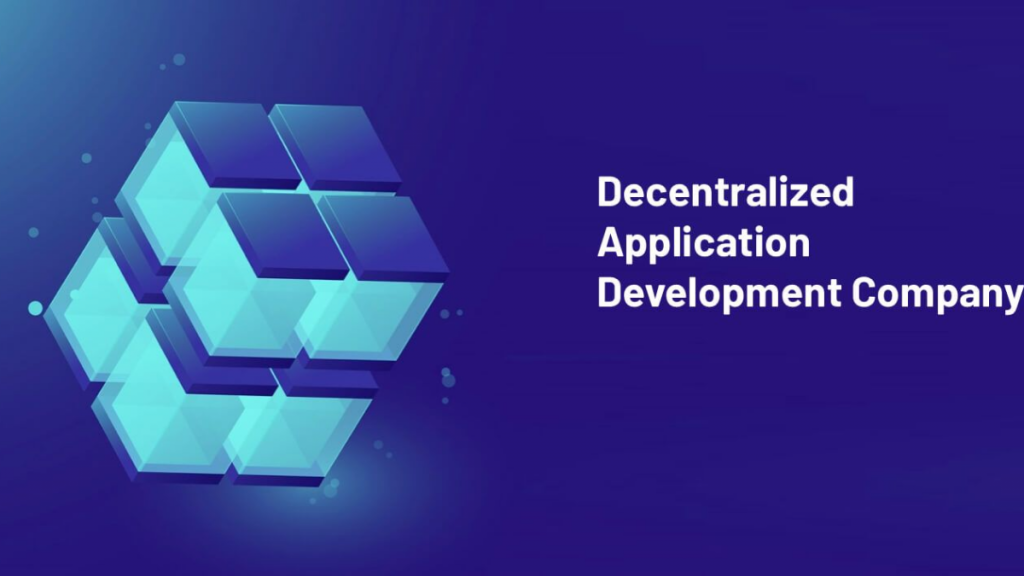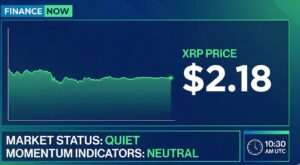Since Ethereum launched its network, many other programs have emerged from its existence. One of these programs is decentralized applications, also called DApps. Decentralized applications are open-source software that operates without the influence of a third party.
Decentralized applications offer lending, earning and borrowing services from a decentralized network. In addition, interaction services like gaming and social media are an added avenue where DApps are used.
Importance of a decentralized application
A centralized authority runs every typical application, where a central body controls all data and services. On the other hand, DApps run on decentralized networks, mainly Ethereum. One thing that makes Ethereum significant in the blockchain industry is its smart contract feature. Decentralized applications operate on the logic of smart contracts.
Their decentralized nature allows them to be free from censorship, open-source and more dependable because once the code of a DApp has been deployed, it cannot be taken down. Furthermore, most of these applications have governance tokens that enable better scalability and improved user experience.
How you can design and develop a DApp.
Decentralized applications can be used in several ways. It could be through gaming services like Axie Infinity, financial services like Binance, or social media services like Steemit. Regardless of why you want to launch a DApp, we can provide a general overview of how you can design and develop one.
The first step is to know why you are building a decentralized app. Like every popular platform, you must understand what you want to solve, how you intend to solve it, and if there is a market for you. This stage will involve market research and understanding the technology you want to use.
You may also need to source the funds required to build your project.
The second step should be to develop your technology. Smart contracts, frontend, backend, operating system, and database are necessary to build any decentralized application.
The next thing is to set up your project and code your application. For decentralized apps, the most popular and easiest way to do this is to use the Ethereum platform and the programming language Solidity. Solidity is based on the C++ programming language, similar to JavaScript.
After setting up your project, a critical stage will be to deploy a prototype. This is important because once your app has been launched on the blockchain network, it cannot be taken down or rewritten. Therefore, a prototype will let you test the DApp to see how it finally operates when it is launched.
Now that your DApp is ready to run, you can launch.
There is no hard and fast rule to developing a decentralized application. The process can be different depending on the blockchain network you decide to use. In addition, there are developers to which you can outsource the building of your decentralized app.
Looking forward
DApps are still upcoming services that many people are beginning to recognize. Although the blockchain industry is undergoing several regulatory adjustments, decentralized applications can still look forward to a continuous stream of adoption.




























